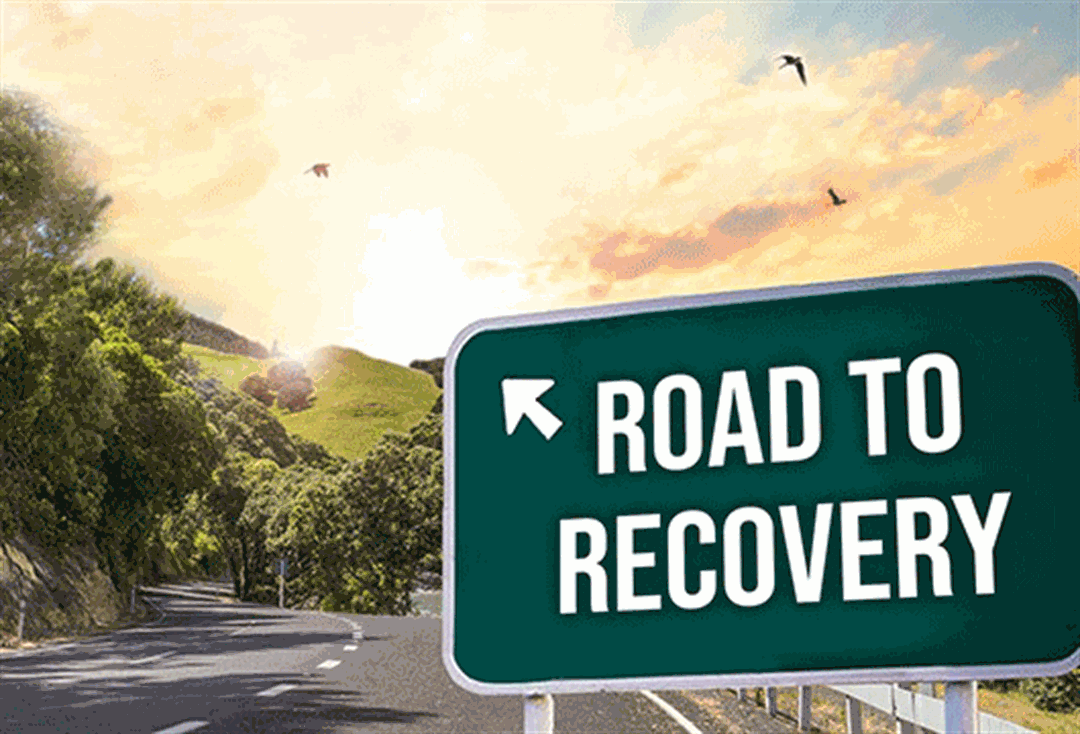5 Steps to Sharing Your Recovery Journey

Introduction to Sharing Your Recovery Journey

Sharing your recovery journey is a powerful act, not only for personal growth but also to inspire and help others who might be navigating similar paths. Whether it's recovery from addiction, mental health issues, or overcoming life's obstacles, your story can provide hope, reduce stigma, and encourage others to seek help. Here are five structured steps to effectively share your recovery journey:
Step 1: Reflect on Your Experience

Before you start sharing, take time to reflect:
- What did your journey entail? - Think about the challenges, milestones, setbacks, and successes.
- What were the turning points? - Identify moments that were pivotal for change or healing.
- What lessons did you learn? - These are the core messages you want to convey to others.
📝 Note: Reflecting helps you to make sense of your journey, ensuring you share a coherent and meaningful story.
Step 2: Determine Your Audience

Your message can resonate differently with various groups:
- General Public - Aim for a broad, inspirational narrative.
- Peers in Recovery - Share tips, resources, and practical advice.
- Family and Friends - Consider their perspective, emphasizing your gratitude for their support.
Step 3: Choose Your Platform

There are several platforms where you can share your story:
| Platform | Pros | Cons |
|---|---|---|
| Blog | Freedom to detail your story, SEO benefits | Requires regular updates |
| Social Media | Wide reach, engagement potential | Character limits, need for brevity |
| Public Speaking | Live interaction, immediate impact | Prep time, potential for misinterpretation |
| Video Blog (Vlog) | Personal touch, visual storytelling | Time-consuming to produce |

🎤 Note: Each platform has unique features that can either enhance or limit how you share your story.
Step 4: Craft Your Story

With reflection and platform chosen, now craft your story:
- Introduction: Set the scene, grab attention, and introduce yourself.
- Body: Describe your journey, the challenges, the coping mechanisms, and the lessons learned.
- Conclusion: Reflect on where you are now, your growth, and offer hope or advice.
Step 5: Engage and Support

Sharing doesn't end with the story:
- Encourage Interaction: Prompt followers or readers to engage with comments, questions, or their own stories.
- Be Supportive: Offer resources, guidance, or personal support to those reaching out.
- Promote Recovery: Highlight recovery programs, support groups, and advocate for mental health awareness.
🔔 Note: Engaging with your audience helps foster a community, making the shared journey more impactful.
Reflecting on your recovery journey, determining your audience, choosing the right platform, crafting your narrative, and engaging with others are key steps in sharing your experience effectively. By doing so, you not only continue your own healing process but also contribute to a community of understanding, support, and encouragement for recovery. Your journey can become a beacon of hope, breaking down barriers and inspiring others to embrace their own path to recovery.
Why should I share my recovery journey?

+
Sharing your recovery journey can help others feel less alone, provide hope, reduce stigma, and may aid in your own healing process by reinforcing your progress and lessons learned.
What if my recovery is ongoing or not traditional?

+
Recovery is personal, and it doesn’t have to follow a traditional path. By sharing your ongoing journey, you provide a unique perspective that can resonate deeply with others still navigating their way.
How can I maintain my privacy while sharing?

+
Choose platforms that allow for anonymity or pseudonymity, share general lessons rather than specific details, and always consider what you’re comfortable with your audience knowing.